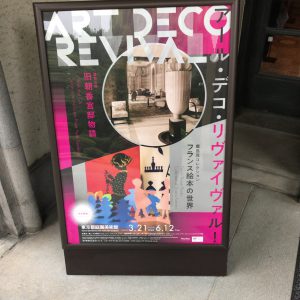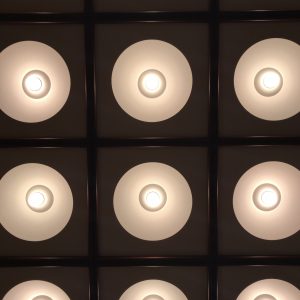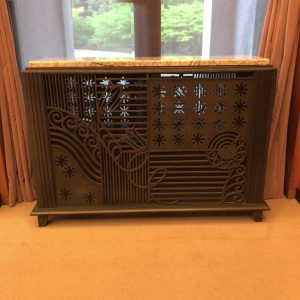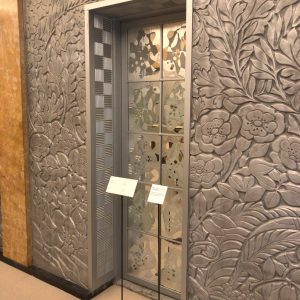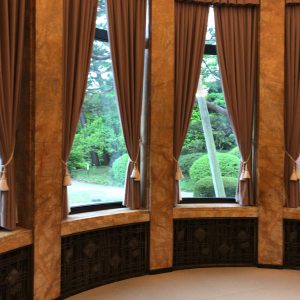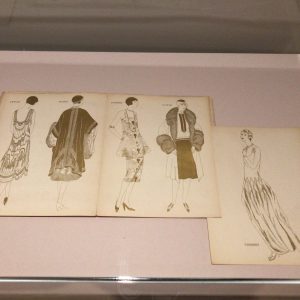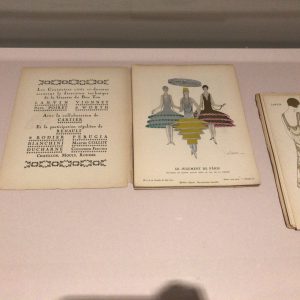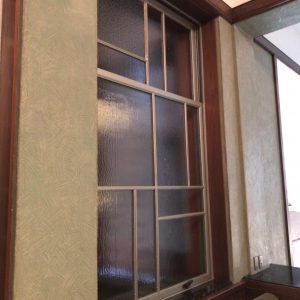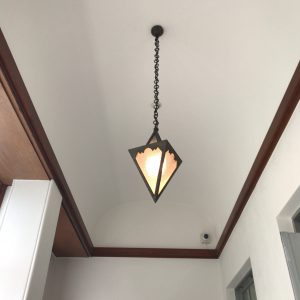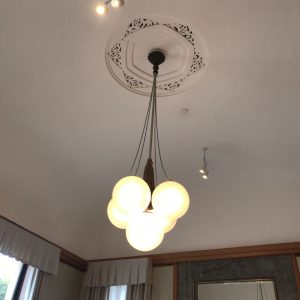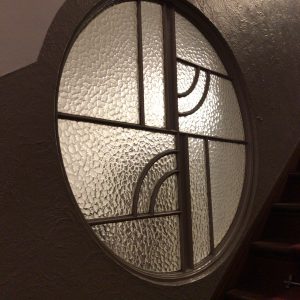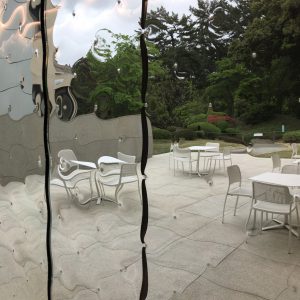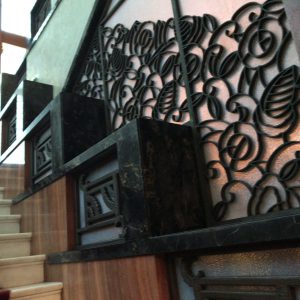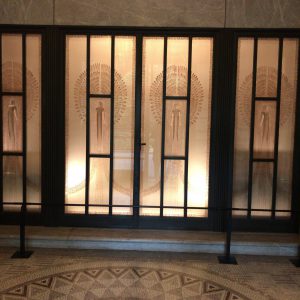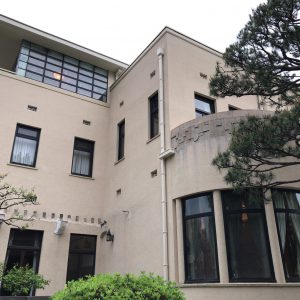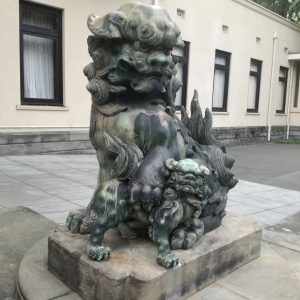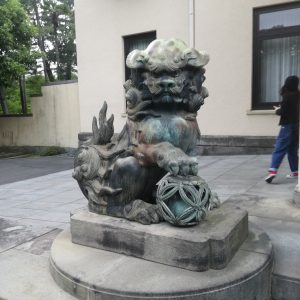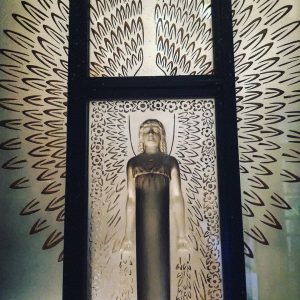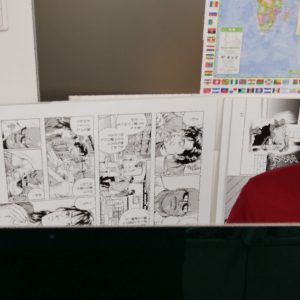
The long awaited Mother-in-Law visit has dawned and I’m still busy searching for entertaining activities that will firmly establish me as “Son-in-law #1”. Thankfully, my Kyushu born, architecture loving Japanese mother has taken matters into her own hands with a list of outstanding Tokyo landmarks to goggle at. Topping the list is an intriguing building that surprised me as much as it surprised the citizens of Tokyo, almost 85 years ago!

Just another boring museum…
The suggestion of visiting the Tokyo Metropolitan Teien Art Museum in Meguro was met with a distinct lack of enthusiasm. Don’t get me wrong, I love art in all its incarnations, but once you’ve seen one cold, faceless building, housing an art collection, you’ve seen them all. I was mulling this over as we began walking along the winding, tree covered path towards the museum, when the greenery gave way to a very unexpected sight. A building so out of place in the hustle and bustle of modern Tokyo, a building so new, yet so old that I had to blink several times to make sure what I was seeing was true. I was looking at a sumptuous example of Art Deco architectural brilliance.

“Art Deco architectural brilliance.”
Art Deco, or “arts décoratifs” was an aesthetic revolution that influenced the design of just about everything, from vacuum cleaners to skyscrapers. Born in France at the start of the 20th Century, this design explosion soon captured the imagination of the Western World, with many nations picking up the gauntlet and making Art Deco their own (New York’s Chrysler Building arguably taking the top prize). But how did this art revolution make it’s way to Japan?


Prince Yasuhiko Asaka and his consort, Princess Nobuko Asaka: both were instantly captivated by Art Deco.
The clue is in the museum’s second title “Former Residence of Prince Asaka”. Prince Yasuhiko Asaka (朝香宮鳩彦王 Asaka-no-miya Yasuhiko-ō) was the husband of Emperor Meiji’s twelfth child, Princess Nobuko Asaka (鳩彦王妃允子内親王 Yasuhiko Ōhi Nobuko Naishinnō) and himself, a member of the Old Imperial Family (旧皇族). The young Prince, like all Royal’s the world over, fulfilled his aristocratic duty and began his young adult life in the military. Promptly being sent to Paris to study the art of warfare in 1922, the young Prince suffered a car accident, virtually marooning him in the French capital. Ever the dutiful wife, Princess Nobuko rushed to his side, where they spent the next three years at the epicenter of the Art Deco explosion.



An illuminating experience!
Enamored by their experience, the Royal couple returned to Tokyo, determined to build a temple to this new, innovative style. The Royal residence, completed in 1933, wasn’t just a bold statement in the traditionally subdued environment of Imperialist Japan, it was also a shining example of Eastern and Western artisanship working together. The exterior was designed by Japanese architect Gondo Yokichi of the Works Bureau of the Imperial Household Ministry, himself an avid student of European design, while the opulent interiors were designed by a team of French designers, including artist Henri Rapin.

A family outing!
Wandering the corridors and rooms of the house, I’m struck by this juxtaposition of two vastly different cultures. Art Deco is a style of extravagance, opulence and excess, far removed from the Imperial society that revered moderation, restraint and frugality. Indeed, you can see both philosophical viewpoints fighting for dominance in the size of each exquisitely designed rooms, namely, they are small. But Art Deco wins overall, making the Tokyo Metropolitan Teien Art Museum a glittering example of an almost timeless style of design.


Appreciating art in the digital age…
We leave the “Former Residence of Prince Asaka” culturally fulfilled. My head awhirl of ideas, I ask my Mother-in-Law her thoughts on the experience…
“Wonderful! I love how they embraced a new style, building their own version of it here in Japan!”

Time to go.
The Art Deco craze swept the world like no other style has before, or since. It was bold, it was different and it was new. Not only was Art Deco a style that revolutionized design across a huge spectrum, it was also eagerly open to interpretation. From cars to TV drama’s, the legacy of embracing Western innovation and making it their own can be seen throughout Japan’s booming, post-war years to the present day. Truly, the very embodiment of Wasamon!
ChrisTwitter – @chris_smac
Facebook – Chris Smac





